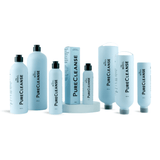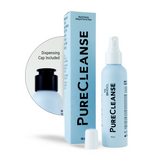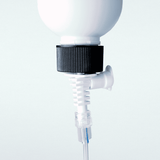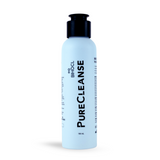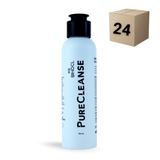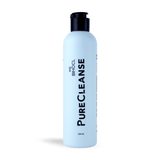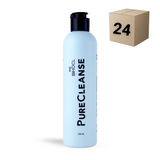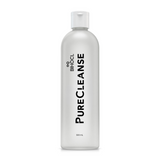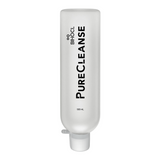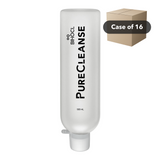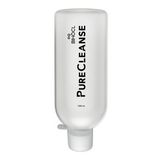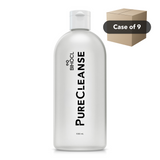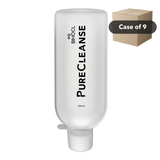Shop
PureCleanse™ Antimicrobial Wound Solution
Product Description
PureCleanse™ offers a safe and non-cytotoxic, yet powerful antimicrobial cleansing solution for wounds, skin, and burns.
Made in Kitchener, Ontario, Canada 🇨🇦
With no contraindications for use, hypochlorous acid solutions do not damage healthy cells and tissue as they cleanse and debride the wound bed in preparation for healing. 1-4
As a pure hypochlorous solution, PureCleanse™ is indicated for the treatment of stage I-IV pressure ulcers, venous insufficiency ulcers, diabetic ulcers, post-surgical wounds, first and second degree burns and minor abrasions.5
BENEFITS
INDICATIONS
Under the supervision of health care professionals, BIHOCL™ PureCleanse™ is indicated for the cleansing, irrigating, moistening, debridement and removal of foreign material including microorganisms and debris from exudating and/or dirty wounds and acute or chronic dermal lesions such as:
- Stage I-IV pressure ulcers
- Stasis ulcers
- Diabetic ulcers
- Post-surgical wounds
- First and second degree burns
- Abrasions
- Minor irritations of the skin
- Ingrown toe nails
- Grafted and donor sites
- Exit sites
BIHOCL™ PureCleanse™ is also intended for the moistening and lubricating of absorbent wound dressings.
INGREDIENTS / FORMULATION
INSTRUCTIONS FOR USE
Product Description
PureCleanse™ offers a safe and non-cytotoxic, yet powerful antimicrobial cleansing solution for wounds, skin, and burns.
Made in Kitchener, Ontario, Canada 🇨🇦
With no contraindications for use, hypochlorous acid solutions do not damage healthy cells and tissue as they cleanse and debride the wound bed in preparation for healing. 1-4
As a pure hypochlorous solution, PureCleanse™ is indicated for the treatment of stage I-IV pressure ulcers, venous insufficiency ulcers, diabetic ulcers, post-surgical wounds, first and second degree burns and minor abrasions.5
BENEFITS
INDICATIONS
Under the supervision of health care professionals, BIHOCL™ PureCleanse™ is indicated for the cleansing, irrigating, moistening, debridement and removal of foreign material including microorganisms and debris from exudating and/or dirty wounds and acute or chronic dermal lesions such as:
- Stage I-IV pressure ulcers
- Stasis ulcers
- Diabetic ulcers
- Post-surgical wounds
- First and second degree burns
- Abrasions
- Minor irritations of the skin
- Ingrown toe nails
- Grafted and donor sites
- Exit sites
BIHOCL™ PureCleanse™ is also intended for the moistening and lubricating of absorbent wound dressings.
INGREDIENTS / FORMULATION
INSTRUCTIONS FOR USE
Benefits of HOCl
BIHOCL hypochlorous is in a league of its own. Our formulations are 100% pure, shelf stable for up to two years, and trusted by medical professionals across Canada.
















